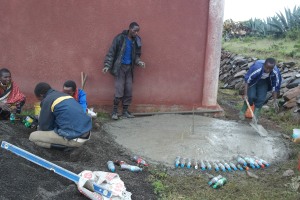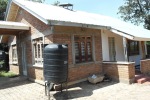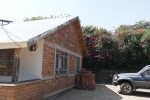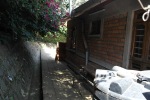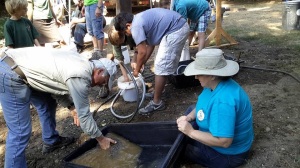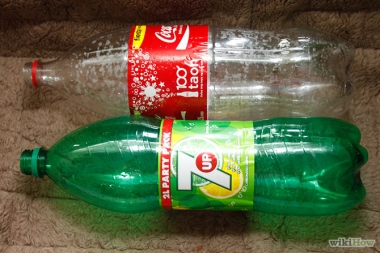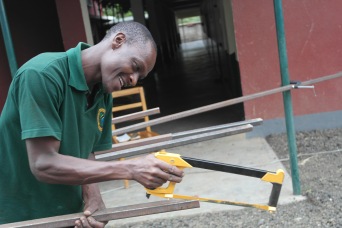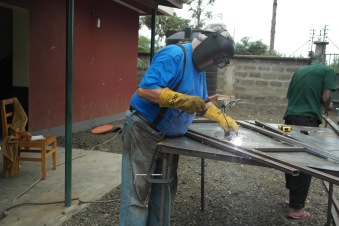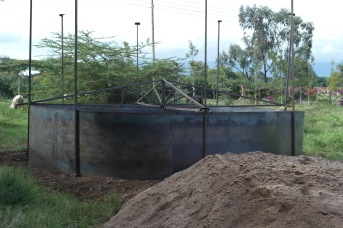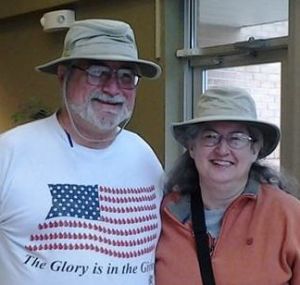
SAMSUNG CSC
Missionaries will generally tell you that fundraising is the thing they like least about this occupation. Joe Cannon (a close friend and missionary mentor) was quick to remind us that, according to Christ, “It’s more blessed to give than to receive.”
We have been blessed to be able to give, and now we are being blessed by those who give. Our hearts have been warmed by many friends and co-workers who have given to support our work. We are truly grateful and gratified that so many are interested in helping.
Many people have asked us if there is a way to donate to Williams Tanzania Mission online. We have just published a FundRazr page, which works with Paypal to accept online donations. Money donated on this page will be placed in a special account for our one-time costs involved in getting set up in Tanzania.
Our sponsoring church is the Church of Christ at White Station (COCWS). If you need a receipt for tax purposes, you should mail your check to the church with the memo “Williams Tanzania Mission.” Mail your check to:
COCWS
1106 Colonial Road
Memphis, TN 38117
On the header bar, you will notice a new tab: Give. That tab has all the information for giving either by check or on-line. Please feel free to share that with all your friends. Really. Please Share.
In addition, we have been working diligently to establish a 501c3, and have been making some progress this week. Our non-profit (Sustain Ability) will allow us to pursue grants and donations from corporations, who generally are not allowed tax deductions for money given to churches.
Please continue to pray for us, that we will be able to raise the money we need, and that the Lord will do mighty works through our lives. Bless you all!



